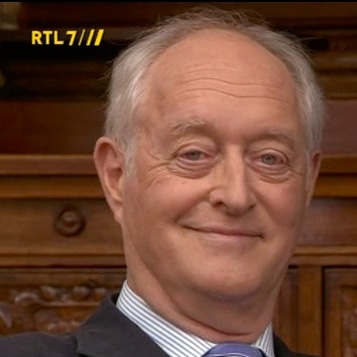
Diederick Bernard Wouters, MD, PhD
Private Practice
Leusden NETHERLANDS
After having completed military service in the Royal Navy followed the training as general surgeon in the academic hospital in Groningen, the Netherlands, 1977 – 1983.
The first place of practice was a rural hospital (1983 – 2002), where also the orthopedic surgeon Harold Eikelaar had his practice. Harold Eikelaar, the founder of the arthroscopic surgery worldwide, with colleagues like Bob Jackson. Eikelaar taught me the arthroscopic surgery, resulting in my first all-inside arthroscopic ACL reconstruction in 1986. Many arthroscopic operations followed. In this period, I differentiated besides performing general- and arthroscopic surgery in trauma surgery as well.
In 2002 I moved to Tilburg, the Netherlands, to the level 1 Trauma Centre, being part of the trauma surgery group and to continuate the arthroscopic surgery. After retirement in Tilburg I was invited to work in private practices until 2019.
In 1989 started the research in biodegradable fixation devices at the University of Groningen, the Netherlands, resulting in a presentation at the I.A.A. congress in Toronto, Canada in 1991 and Hong Kong in 1994 during the IAA congresses, finally leading to a PhD thesis in 2009: "The use of biodegradable Fixation Devices in the Treatment of OCD and Osteochondral fractures.
Starting at 1990 I had the privilege of being allowed to present oral-, poster- and e-poster presentations in München 1990, Brussels, 1992, 1993, Amsterdam, 1996, Rotterdam 1998, Bruges 2000 and at the ISAKOS congresses in Montreux 2001, Osaka 2009, Rio de Janeiro 2011, Cancun 2019 and publish several papers in international Journals, like the KSSTA Journal and The Open Orthopaedics Journal.
I finally finished my professional “hospital live” in 2018, after 35 years and 4.500 - 5000 arthroscopic procedures, but still ONE mission persisted: to prevent damage from unnecessary meniscal resections and to propagate menisci suturing. This results in this last presentation, which emphasizes suturing of torn menisci early, i.e. within 3 weeks, as in my series the results are significantly better than with later repair.
In this way I hope to contribute to preventable loss of meniscus tissue, because, a lost (part of the) meniscus is, in time, a lost knee and therefore a lost normal life!
ISAKOS Active Member